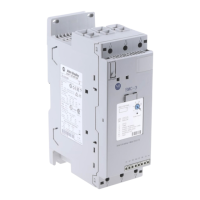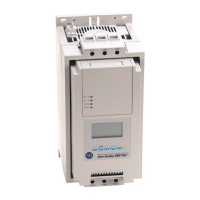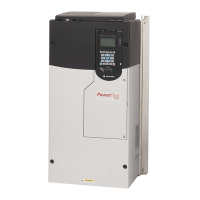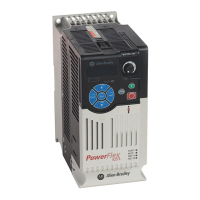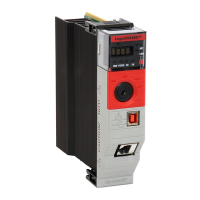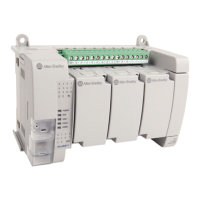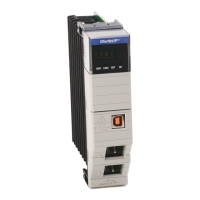Serial Communications
8-31
Attribute: This code identifies the specific characteristic of the object
towards which the transaction is directed. The Attribute data size is
one word.
Examples
The following table lists the most common codes for each given
transaction type:
①
The numerical values are in a hexidecimal format.
②
This is the actual parameter number as listed in Appendix B of this manual.
Sequence of Events:
Use the following sequence of events as a guide for establishing
explicit messages in your SLC ladder logic:
1. Put the Explicit Message Request data into an integer (N) file of
the SLC-500 processor.
2. Use the file copy instruction (COP) to copy the Explicit Message
Request data entered in step one to the M0 file, words 224
through 256.
3. Use the examine-if-closed instruction (XIC) to monitor bit 15 of
the scanner’s Module Status Register for an indication that it has
received a response from the 1203-GK5 communication module.
4. Copy the data from the M1 file, words 224 through 256, into a file
in the SLC-500 processor using the file copy instruction (COP).
5. Use the move instruction (MOV) to copy a one-word file from the
SLC-500 processor into word 224 of the M0 file. The upper byte
of the word should contain the TXID value for this transaction
and the lower byte should contain the value 4 which is the com-
mand for the scanner to clear its response buffer. After the move
is completed, bit 15 of the scanner’s Module Status Register
should go to a value of zero, allowing the next explicit message to
be executed.
Transaction Type Service
①
Class
①
Instance
①
Attribute
①
Single Parameter Read 0E 0F Par. #
②
1
Single Parameter Write 10 0F Par. #
②
1
Scattered Parameter Read 32 93 0 0
Scattered Parameter Write 34 93 0 0
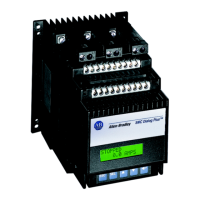
